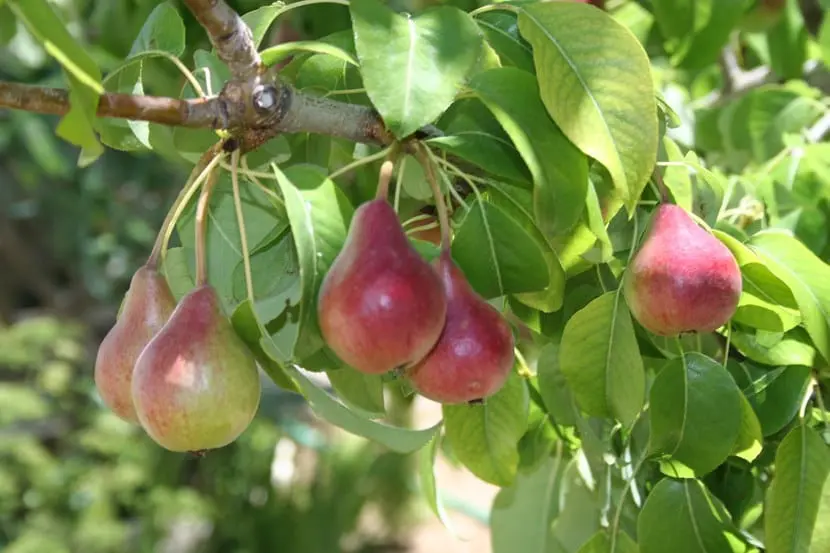Many of us dream of savoring strong-smelling lemons, sweet apples and, just right, bright and robust oranges. Unfortunately, more and more people decide to grow their own fruit trees due to the deterioration that occurs in commercial fruit as a result of the long chain to which they are subjected.
It is becoming more and more common to try fruits that look pretty but lack flavor, specimens that become old when they reach the market, or fruits loaded with chemical products that are not recommended for health.
Therefore, the cultivation of fruit trees becomes interesting not only for their fruits but also for their beauty.
General features
But before taking the first steps in the matter, it may be appropriate to know a general overview of fruit trees in order to know which one is best for us to plant. The first thing is to know that only those trees whose fruits are suitable for human consumption will be considered fruit trees.

As for the fruits, they vary in appearance and shape, being considered fruits both those that are soft and hard, that is, from a walnut to an orange. The fruit is actually the ovule of the flower already mature and where the seeds are found. The classification of fruit trees is organized precisely based on the characteristics of the fruits.
To learn how to grow fruit trees, it is necessary to know the art of pomology, which is the branch of horticulture that deals with them. There are a series of techniques involved that vary according to the nature of each specimen and that include multiplication methods such as pruning, fertilization and harvesting.
The magnifying glass on the fruit
We were talking about the fact that the fruit is in the center of the scene because it gives rise to the general classification. Now, then we will have to know the parts that make it up. In the case of a fleshy fruit, there is the outer layer or pericarp, which in turn is made up of an outer layer called the exocarp, which we know as the skin of the fruit. Below it is the mesocarp that would be the pulp or flesh of the fruit and inside it appears the endocarp that would be the bone or pit. It is the heart of the fruit because there inside are the seeds.
This is the most classic version of a fruit and it is usually repeated in most of them, although there are some variations depending on each specimen.

